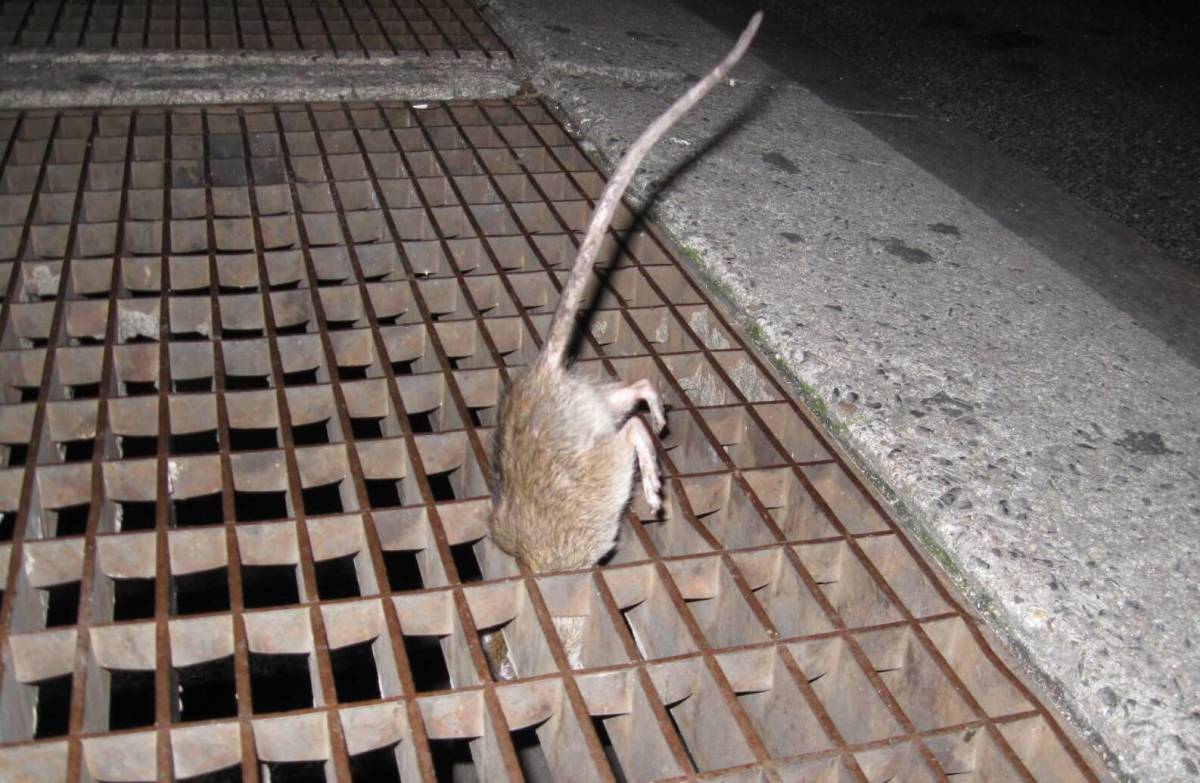Rats roaming New York City carry fleas capable of spreading diseases as deadly as the bubonic plague, a new report revealed.
Studies by a Cornell and Columbia University research team found at least 500 Oriental rat fleas hitching rides on the 133 rats researchers Matthew Frye and Cadhia Firth caught in five sites around Manhattan. While the rats themselves are a never-ending nuisance for New Yorkers, the critters they carry can be even more problematic. Historically blamed for spreading the bubonic plague pandemic that wiped out millions in Europe during the 14th Century, researchers found the the same circumstances for transmission are there. “I wouldn’t say we are at risk of saying anything like a plague,” Frye told Metro. “But certainly there’s a risk of people coming into contact with other pathogens.” While the diseases and their impact on public health are real, the bacterium most commonly blamed for the plague in the United States is mostly found in fleas found in the American Southwest amongst squirrels, prairie dogs and the fleas they carry. The city’s Health Department dismissed the notion that the Black Death can make its comeback in the Big Apple.
“There has never been a case of locally-acquired plague in NYC — or anywhere East of the Mississippi — in over 50 years,” the agency said Tuesday. “Additionally, no plague-infected rat has ever been found in NYC. Plague requires extreme circumstances besides fleas to pose a threat to human health, and those circumstances do not exist here.” The Columbia University’s Center for Infection and Immunity found the fleas can also transmit Rickettsia, which can cause spotted fevers or Typhus, and several species of Bartonella, which can look like the flu and have recurring symptoms including high fevers. “We were absolutely surprised at the number of files we collected,” he said, adding they found an average of four per rat. “We didn’t think we’d find them at such a high number.” Frye also said the more than 6,500 total specimens of of fleas, lice and mites that the research team found on just 133 rats between five sites indicated how important it was to track the rat population, if only to better understand what other diseases New Yorkers might be subjected to. But Frye warned that was only one part of the equation on preventing possible infections.
“No one is talking about how to prevent the ectoparasites from leaving the animal on getting on people,” he explained. Federal and local agencies teach people how to get rid of rats, he explained, but not necessarily the organisms the rats leave behind.
Another reason to fear NYC rats: Their fleas can carry plagues

Matthew Frye


















